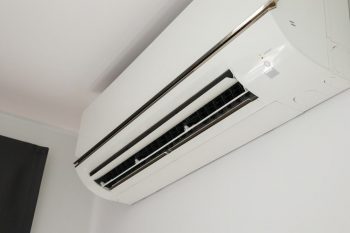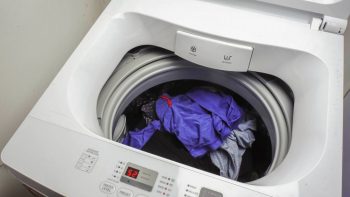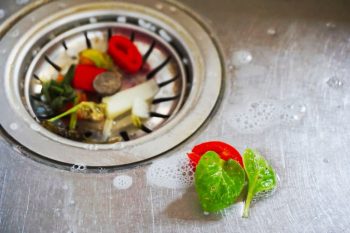
A water heater element is a crucial part of any water heater system, responsible for providing warmth to the water inside a tank or container. This metallic rod, available in straight or spiral shapes, is directly immersed in the water. It converts electrical energy into heat energy, raising the water’s temperature, and ensuring you have hot water whenever you need it.
A water heater element is a critical component in a water heater system that converts electrical energy into heat energy. It is typically a metallic rod, directly immersed in the water, that heats up when an electric current passes through it, thereby raising the water’s temperature. The element is controlled by a thermostat that manages the temperature of the water. The efficiency of a water heater element is influenced by various factors, including the type of heating element, Energy Factor (EF), sediment buildup, and insulation.
Construction and Materials of Water Heater Elements
Typically, a water heater element is constructed from metal or ceramic materials. Ceramic heating elements are more efficient compared to metal ones because they are sturdier and less corrosive. This makes them a popular choice in areas with hard water. The heater element is connected to a thermostat controller inside the water heater, which helps manage the device’s temperature.
The conducting element is isolated from the exterior tube by a ceramic powder spacer layer that serves as an insulator, ensuring that electricity only heats up the water and does not run through it, causing unwanted currents. Common materials used for water heater elements include stainless steel, copper, and incoloy. Incoloy 840 is considered the industry standard, but other materials like Incoloy 800, Inconel 600, and titanium are also available upon request.
Working of a Water Heater Element
A water heater element works by converting electrical energy into heat through a process called Joule heating. The heating element, typically made from a coil, ribbon, or strip of wire, provides heat much like a lamp filament. In an electric water heater, one or two heating elements are usually installed at the bottom of the tank. These elements are directly immersed in the water and are activated by an electric current, which heats them up and raises the temperature of the water.
In a dual-element electric water heater, the upper and lower thermostats control the heating elements. When the tank is full of cold water, the upper thermostat takes priority and heats up the top portion of the water. Once the desired temperature is reached, the thermostat switches power to the lower thermostat, which then heats up the bottom portion of the tank until the water reaches the set temperature. This process ensures that the water in the tank is heated uniformly and efficiently.
Factors Influencing Efficiency and Longevity
The efficiency of a water heater element is influenced by several factors, including the Energy Factor (EF), which rates the efficiency of a water heater by considering the efficiency of heating water and the amount of heat lost from the tank, known as standby loss.
Other factors such as sediment buildup, insulation, thermostat settings, regular maintenance, use of low-flow fixtures, and the type of heating element can also affect its efficiency. By addressing these factors, you can improve the efficiency of your water heater element and save energy.
Common Problems and Solutions
Common problems associated with water heater elements include faulty heating elements, leaking water heaters, rust and corrosion, and tripped circuit breakers. These issues can be identified and resolved through testing the heating element, inspecting for leaks, checking for rust and corrosion, and examining the circuit breaker. If any of these steps are unclear or if the problem persists, it’s recommended to consult a professional plumber for further assistance.
Conclusion
In conclusion, the water heater element is a critical component that contributes to the overall performance and energy efficiency of a water heater. Ensuring the proper functioning and efficiency of the heating element can help improve the energy efficiency of the entire water heating system. Regular maintenance and prompt problem-solving can extend the longevity and maintain the efficiency of your water heater element, ensuring that you always have hot water when you need it.
Frequently Asked Questions
What are the signs of a faulty water heater element?
Some signs of a faulty water heater element include insufficient hot water, water that is too hot or cold, or a heater that takes too long to heat water. If your water heater is not performing as expected, it could be due to a faulty heating element.
How often should a water heater element be replaced?
The lifespan of a water heater element varies, but generally, it should be replaced every 3 to 5 years. However, this can depend on the quality of your water supply and whether the water heater is maintained properly.
Can I replace a water heater element myself?
Yes, it is possible to replace a water heater element yourself, but it requires a certain level of technical skill. Make sure to turn off the electricity and drain the water heater before starting. If you’re not comfortable doing it yourself, consider hiring a professional plumber.
How can I prevent sediment buildup in my water heater?
Sediment buildup can be prevented by regularly flushing your water heater. This process involves draining the tank and then refilling it, which helps to wash away any sediment that has settled at the bottom.
What is the difference between a single-element and dual-element water heater?
The key difference between a single-element and dual-element water heater is how they heat the water. A single-element heater has one heating element that heats the entire tank of water. A dual-element heater, on the other hand, has two elements: one at the top and one at the bottom. The upper element heats the top portion of the water first, and then the lower element heats the bottom portion. This allows for more efficient heating of the water.












